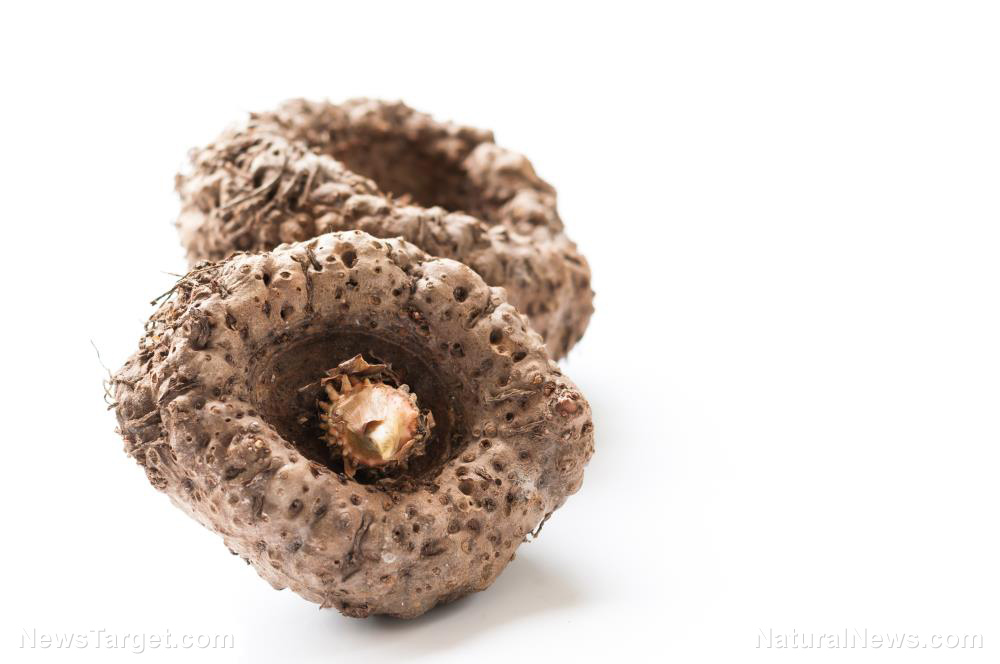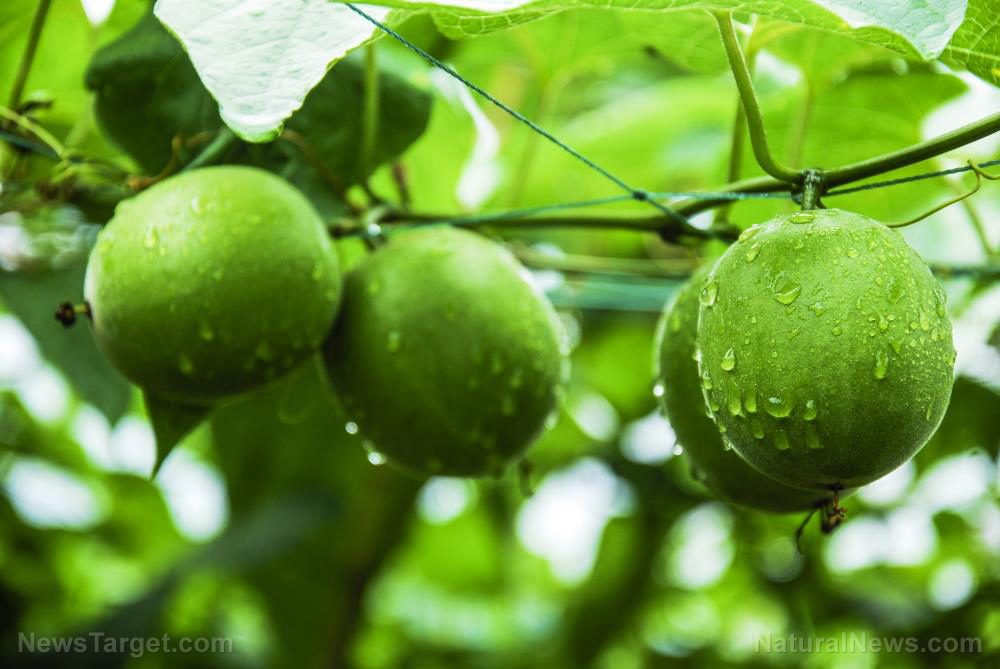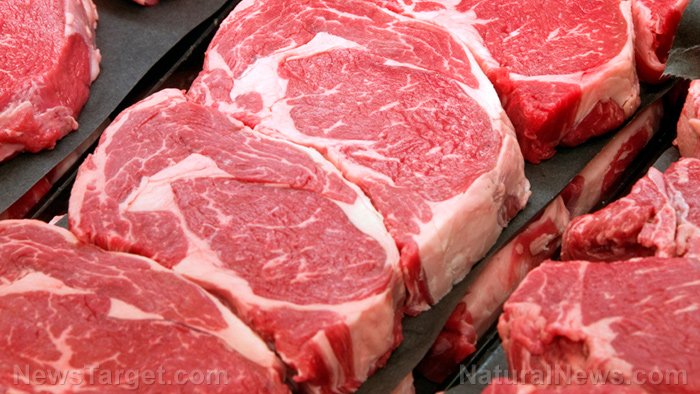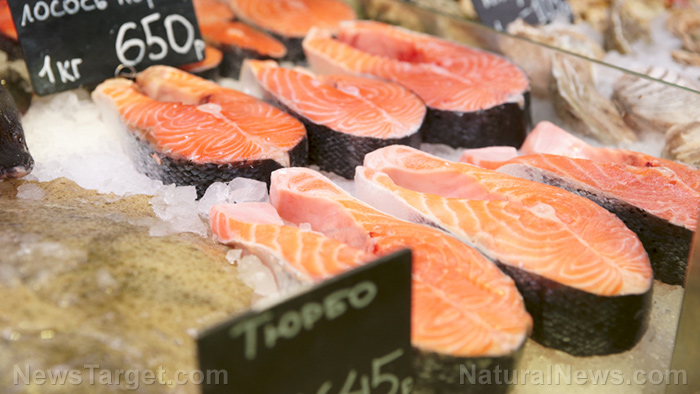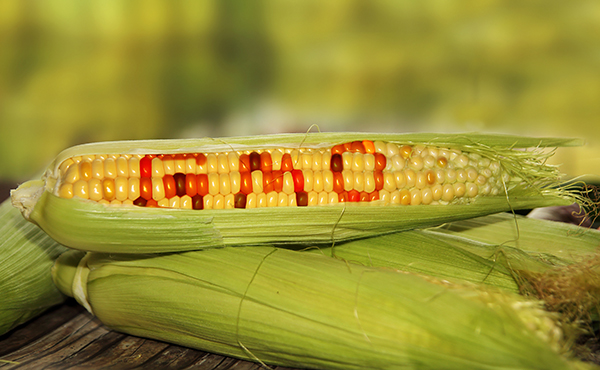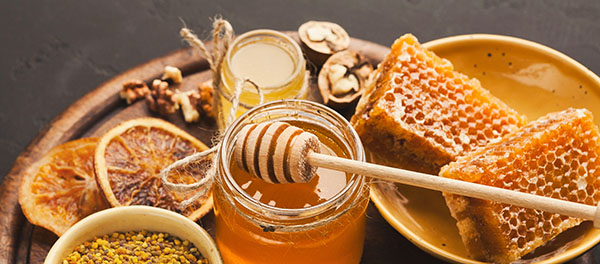Tyson Foods partners with Netherlands-based Protix BV to push BUGS and INSECTS as protein replacement for meat
10/23/2023 / By Ethan Huff
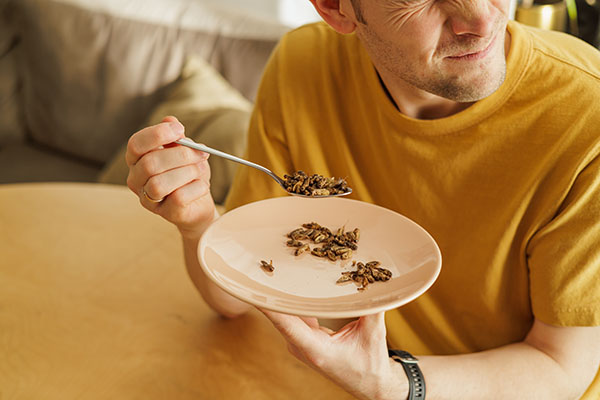
Despite crumbling economic conditions taking a toll on its bottom line, Tyson Foods Inc. has reportedly purchased a stake in Dongen, Netherlands-based Protix BV to form a joint venture in building and operating a new United States facility that produces bug-based meal and oil for the new meat-free protein market.
The partnership marks Tyson’s first foray into the insect-based protein industry, which is being heavily pushed by the climate change crowd as a replacement for meat, which Klaus Schwab and other globalists claim is “warming” the planet.
“It’s a multibillion-dollar industry opportunity that has tremendous growth potential,” commented John Tyson, Tyson’s chief financial officer. “And we see Protix as being a leader there.”
“In the long run, insect-protein inclusion in animal-feed diets can be a real thing that exists and can be one that is good for people, planet and animals.”
(Related: Back in April, we reported that Tyson Foods is facing serious financial problems that prompted it to lay off 10 percent of corporate workers and 15 percent of its leadership team.)
Cargill, Archer-Daniels-Midland also interested in profiting from bug production
Formed in 2009 and back by Aqua-Spark Management BV and Cooperatieve Rabobank UA’s private equity arm, Protix is an established insect-based protein manufacturer that supplies its products mostly for pet foods made by companies like Nestle SA and Mars Inc.
“It is definitely a huge way to establish ourselves into an international context,” commented Protix founder and CEO Kees Aarts. “This was really the tipping point we have been working for.”
The new U.S. plant does not even have a site location yet and reports indicate it will not be ready for use at least until 2025. Once completed, the factory will be four times as large as Protix’s existing facility in The Netherlands.
Every step of the bug protein production process will take place at the new facility once it is finished. This includes the breeding of the bugs, as well as the incubation and hatching of insect larvae. Waste from Tyson’s meatpacking operations will also be used to feed the bugs.
Other corporate U.S. food producers such as Cargill and Archer-Daniels-Midland Co. (ADM) are also trying to get involved in bug production as they face what Bloomberg describes as “greater environmental scrutiny.”
These two corporate food giants are particularly interested in the black soldier flies farmed by Protix, which are supposedly a “lower carbon” source of protein than meat.
Tyson’s move into bugs is concerning for meat eaters as the Springdale, Ark.-based company produces about 20 percent of the nation’s beef, chicken, and pork. Tyson will still continue producing meat, and plans to also feed its billions of chickens and hogs the bugs it and Protix plan to produce.
Once completed, the new U.S.-based Tyson-Protix joint facility will have the capacity to produce “up to 70,000 tons of live larvae equivalent (LLE) annually, with capacity to convert 250,000 metric tons of waste into high-quality nutritional products.”
ADM, meanwhile, is partnering with the French insect protein company Innovafeed. The two companies are collaborating to construct and operate an insect production site in Decatur, Ill., that will be located alongside ADM’s existing Decatur corn processing complex.
The ADM-Innovafeed partnership will commercialize insect protein production for pet food customers in North America now that U.S. regulators have decided to allow the use of black soldier fly components in food products for dogs.
In June 2022, Cargill announced that its three-year global partnership with Innovafeed will now last 10 years, giving the companies more time to develop and market insect meal for “sustainable” aqua feed companies.
Will you agree to eat crickets and other bugs instead of meat for dinner? Learn more at Crickets.news.
Sources for this article include:
Submit a correction >>
Tagged Under:
bugs, Climate, cricket protein, fake food, food, frakenfood, globalist, green tyranny, insects, meat, protein, Protix BV, toxic ingredients, Tyson Foods
This article may contain statements that reflect the opinion of the author
RECENT NEWS & ARTICLES
COPYRIGHT © 2017 FOOD SCIENCE NEWS












